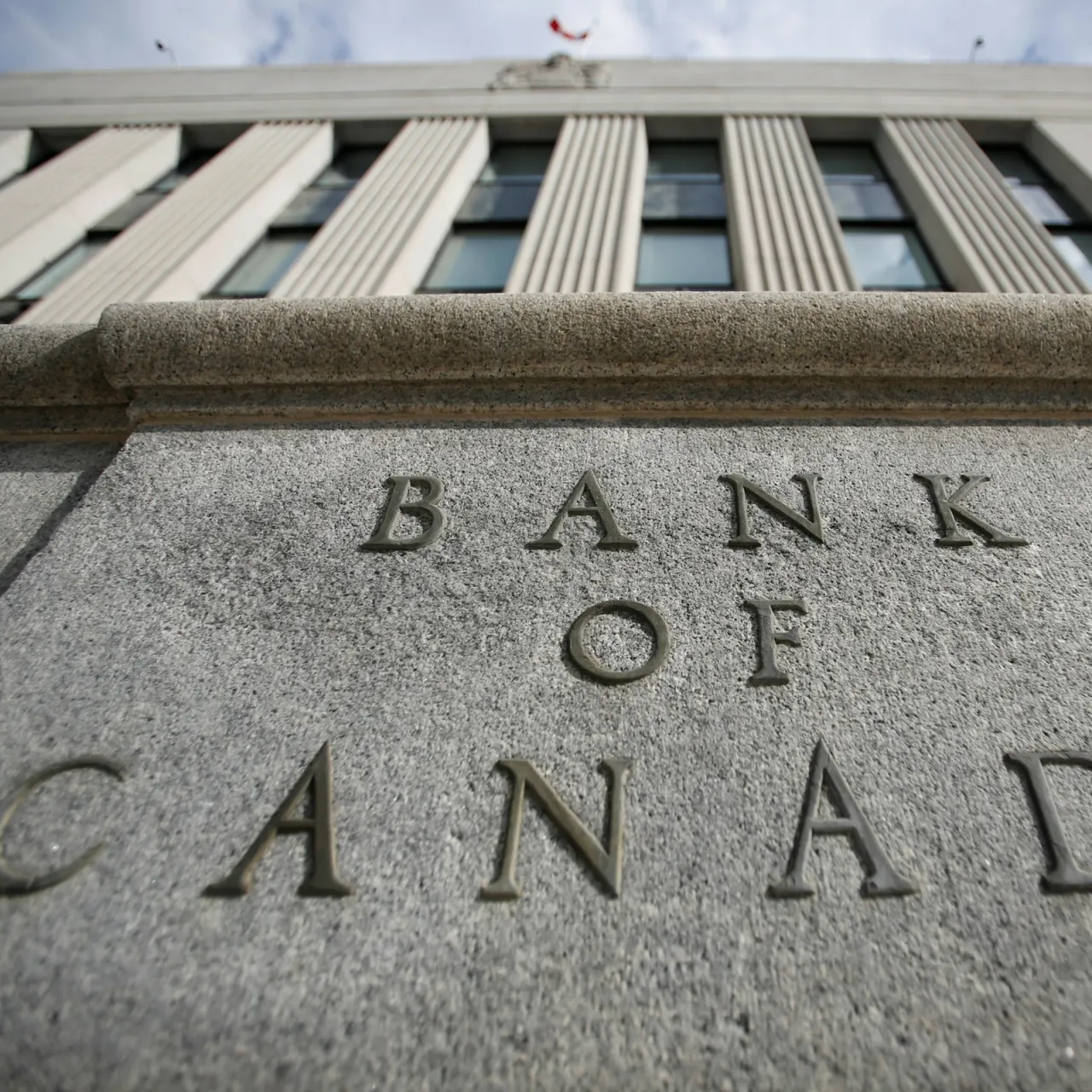Canada’s Central Bank (BOC) released a working paper this month, Incentive Compatibility on the Blockchain. In it, BOC seems to argue the world’s most popular cryptocurrency, Bitcoin, is safe from a 51% attack, double spend scenario through the right incentive structure and proof of work (POW).
Bank of Canada Study Argues Bitcoin Can Withstand 51%, Double Spend Attack
This month, the Bank of Canada released a working paper, Incentive Compatibility on the Blockchain, authored by Jonathan Chiu, Thorsten Koeppl. Mr. Chiu works directly with the BOC in its Funds Management and Banking Department, while Mr. Koeppl is an economist from Queen’s University.
The study appears to conclude Bitcoin is protected against a 51% attack, double spending scenario — long thought to be the decentralized currency’s gravest threat. Mr. Chiu and Mr. Koeppl arrive at this conclusion through the traditional formula familiar to bitcoiners: correct incentives align with proof of work.
Canada Central Bank: Bitcoin Safe From 51% Attack, Double Spending
Mr. Chiu
The Bank of Canada, as the country’s central bank, formulates the nation’s monetary policy. It does so, according to its charter, while promoting safe, sound financial decisions. As the only legal authority capable of issuing government paper, it not only manages fiscal policy for Canada but it also exists as a lender of last resort for private banks.
The working paper it published online also discusses seigniorage as something of a free rider problem, admitting issuing fiat currency in the manner it does can be used to offset taxes. Under the heading, “The Costs of Cryptocurrencies,” the authors quip, “Keeping records on a blockchain is not a free lunch.” Distributed ledger costs can rise, they argue, when rewards are offered to prevent double spending attacks.
Canada Central Bank: Bitcoin Safe From 51% Attack, Double Spending
Seigniorage, Poisson Race
“In the case of a cryptocurrency,” they continue, “rewards can be offered by seigniorage. Such seigniorage causes inflation, which levies indirect costs in the form of an inflation tax on users. However, there are also direct costs that arise from investment into computational power (mainly energy) that uses up most of the revenue from seigniorage. A traditional currency does not waste seigniorage, but raises revenue for the issuer. In the case of a modern central bank, this generates profits above operational costs that can be used to offset other distortionary taxes used by the government,” which amounts to a refreshing admittance by a central bank.
The section titled, “Double Spending as a Poisson Race” insists the authors have “modelled secret mining as an exponential race for each update against a group of honest miners. In order to double spend, a user had to win the race N times in a row, but keep his result secret,” which reads a lot like Game Theory.
Canada Central Bank: Bitcoin Safe From 51% Attack, Double Spending
Mr. Koeppl
“This is not entirely accurate,” the study stresses, “when looking at actual PoW protocols employed for blockchain technology. These users can catch up and only need to generate at least N blocks faster than all the other miners. Hence, secret mining is really a Poisson race against a fringe of honest miners that play a sequence of simple exponential races to find one block in each race. This is related to the so-called ‘51% attack’ problem.” Miners with over half the power of all miners, in theory, eventually lose power with regard to double spending.
From an economic vantage point, double spending “requires that a dishonest miner has deep pockets and is risk neutral. These assumptions tend to be unrealistic and, in practice, users have little economic incentives to launch such an attack, especially when the computational investment by other miners is large,” the Bank of Canada argues. 